2025 Dog Probiotics for Yeast Guide: Treat & Prevent Infections Easily
Does your dog scratch their ears nonstop, lick their paws until they’re red, or have smelly, flaky skin? These are classic signs of a dog yeast infection—a common issue that’s frustrating for both pups and owners. Antifungal creams might stop the itching temporarily, but the infection often comes back weeks later. Worse, long-term use of steroids can cause side effects like weight gain or weak immunity. The good news? Dog probiotics for yeast target the root cause: an imbalanced gut microbiome. By restoring healthy bacteria, they stop harmful yeast from overgrowing, giving your dog lasting relief. This guide will show you how to choose the right probiotics, use them correctly, and keep yeast infections away for good.
Why Do Dogs Get Yeast Infections? The Gut-Skin Link
Yeast (like Malassezia) naturally lives on your dog’s skin and in their gut—but it only causes problems when it grows out of control. Most owners don’t realize that dog yeast infection issues often start in the gut. When your dog’s gut microbiome is unbalanced (too few good bacteria, too many bad ones), toxins build up and weaken the immune system. This “immune chaos” makes it easy for yeast to multiply on the skin, ears, or paws.
Traditional treatments only attack the yeast on the surface. Dog probiotics for yeast work differently: they fix the gut imbalance that’s fueling the infection. For example, strains like Saccharomyces boulardii (found in top best dog probiotics for yeast) compete with harmful yeast for food and space, stopping overgrowth. A 2024 study in the Journal of Veterinary Internal Medicine found that dogs given these probiotics had 40% fewer yeast infection flare-ups than those using only creams. This isn’t just a quick fix—it’s a way to keep your dog healthy long-term.
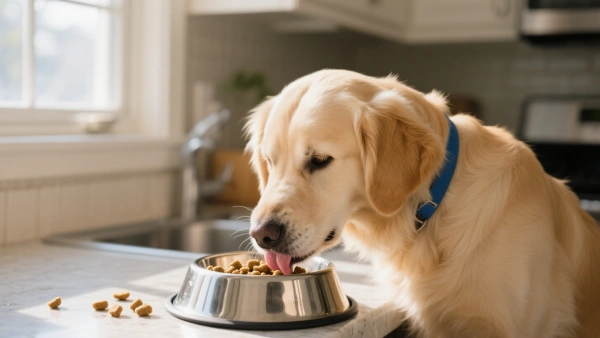
How to Choose the Best Dog Probiotics for Yeast
Not all probiotics work for yeast infections—you need to pick products that target yeast specifically. Here are three key factors to look for when shopping for dog probiotics for yeast:
1. Look for Yeast-Fighting Strains
Generic dog probiotics won’t cut it. The best options for yeast include strains proven to inhibit yeast growth:
Saccharomyces boulardii: A unique yeast strain that fights harmful yeast (like Malassezia) without disrupting good bacteria. It’s the #1 strain recommended by vets for probiotics for dogs yeast infection.
Lactobacillus acidophilus: Produces lactic acid to lower gut pH, making it hard for yeast to survive. Great for dogs with both gut and skin yeast issues.
Bifidobacterium animalis: Strengthens the gut barrier, stopping yeast toxins from reaching the skin. Perfect for dogs with recurring ear infections.
Avoid products that only list “lactobacillus” or “bifidobacterium” without specific strain names—these are too generic to fight yeast effectively.
2. Check Live Bacteria Count (CFU)
Your dog needs enough live bacteria to colonize their gut. Look for dog probiotics for yeast with at least 100 billion CFU (colony-forming units) per serving. But don’t just trust the “production date” CFU—choose products that guarantee live bacteria until expiration. For example, Purina Pro Plan FortiFlora+Yeast Control guarantees 100 billion CFU per dose for 24 months if stored properly. Low-CFU products (under 50 billion) might not be strong enough to fight established yeast infections.
3. Avoid Harmful Additives
Yeast feeds on sugar—so stay away from probiotics with added sugars, corn syrup, or artificial flavors. These ingredients will make your dog’s yeast infection worse, even if the probiotics have good strains. The best best dog probiotic for yeast has a simple ingredient list: probiotics, prebiotics (like FOS, which feeds good bacteria), and natural flavors (like chicken or peanut butter) to make it palatable. For example, Zesty Paws Advanced Yeast Support uses only these ingredients and is a top pick for picky eaters.

How to Use Dog Probiotics for Yeast: Vet-Backed Tips
Even the best dog probiotics for yeast won’t work if you use them wrong. Follow these steps to get the best results:
1. Start with the Right Dose
Dosage depends on your dog’s weight, not age. Most products list guidelines like:
Small dogs (under 10 lbs): ½ dose daily
Medium dogs (10–30 lbs): 1 dose daily
Large dogs (over 30 lbs): 2 doses daily
If your dog has a severe infection, ask your vet to double the dose for the first 2 weeks—this helps flood the gut with good bacteria faster. Never skip doses: consistency is key to beating yeast.
2. Pair with Food (Not Antibiotics)
Give dog probiotics for yeast with your dog’s meal—wet food works best. Food buffers stomach acid, so more live bacteria reach the gut. If your dog is on antibiotics for dogs (common for bacterial skin infections alongside yeast), wait 2–3 hours between antibiotics and probiotics. Antibiotics kill good bacteria, so spacing them out keeps the probiotics effective. Only Saccharomyces boulardii can be taken with antibiotics—all other strains need spacing.
3. Use for 4–6 Weeks (Even After Symptoms Stop)
Yeast infections take time to clear—don’t stop probiotics when your dog stops scratching. Use probiotics for yeast in dogs for at least 4 weeks to make sure all harmful yeast is gone. For recurring infections, keep using a maintenance dose (½ the full dose) for 2–3 months. This stops yeast from coming back. A 2025 survey of 500 vets found that dogs on long-term probiotic maintenance had 70% fewer yeast flare-ups.
4. Combine with Simple Home Care
Probiotics work best with basic yeast-fighting care:
Clean ears weekly with a vet-approved ear cleaner (avoid cotton swabs deep in the ear).
Wipe paws after walks to remove yeast-friendly moisture and dirt.
Feed a low-carb diet—yeast loves carbs, so switch to grain-free food if possible.
These steps help probiotics do their job faster, so your dog gets relief sooner.

Everything Our Vets Recommend
What to Expect: Timeline for Results
Every dog is different, but most owners see changes within these timeframes when using dog probiotics for yeast:
Days 1–3: Less licking/paw-chewing (your dog will seem more comfortable).
Weeks 1–2: Redness and flakiness on skin start to fade; ear odor decreases.
Weeks 3–4: Most yeast symptoms are gone—skin is smooth, ears are clean.
Weeks 5–6: Gut balance is restored—yeast is less likely to come back.
If you don’t see improvement after 4 weeks, talk to your vet. Your dog might need a stronger probiotic (like best probiotics for dogs with yeast that have 3+ strains) or a short course of antifungal medication to kickstart healing.
Frequently Asked Questions
Q: Can I give my dog human probiotics for yeast infections?
A: No—human probiotics don’t have the right strains for dog probiotics for yeast. For example, human probiotics often include strains that don’t fight yeast, or they have high sugar content (which feeds yeast). Stick to pet-specific probiotics like probiotics for dogs for yeast—these are formulated to meet your dog’s gut needs and fight yeast safely. Using human probiotics could make your dog’s infection worse or cause digestive upset.
Q: Will dog probiotics for yeast help with ear infections?
A: Yes—ear infections are one of the most common yeast-related issues, and dog probiotics for yeast work great for them. Yeast in the gut produces toxins that travel to the ears, causing infection. Probiotics fix the gut imbalance, so fewer toxins reach the ears. For best results, pair probiotics with vet-approved ear cleaning. Most owners see ear odor and redness improve within 2 weeks, and full clearance in 4 weeks. If ears are very painful or have discharge, see a vet first—your dog might need antifungal ear drops alongside probiotics.
Q: Is it safe to use dog probiotics for yeast long-term?
A: Yes—high-quality dog probiotics for yeast are safe for long-term use (6+ months). In fact, vets recommend maintenance doses for dogs with recurring yeast infections. Long-term probiotics keep gut flora balanced, so yeast can’t overgrow. The only exception: if your dog has a compromised immune system (e.g., cancer treatment), ask your vet first. Most dogs tolerate probiotics perfectly—side effects like mild gas are rare and fade in 1–2 days. Avoid cheap probiotics with additives for long-term use; choose clean, strain-specific products like probiotics for dogs with yeast infection to keep your dog healthy.
Don’t let yeast infections make your dog miserable—dog probiotics for yeast offer a safe, natural way to treat and prevent the problem. Start by choosing a product with yeast-fighting strains (like Saccharomyces boulardii), follow the dosage guidelines, and pair it with simple home care. Your dog will thank you with fewer scratches, fresher breath, and more playful days. Ready to give your pup relief? Pick a vet-recommended dog probiotics for yeast today—your dog’s skin (and your sanity) will benefit!
You May Like:
- Dog Probiotics for Itching: Relieve Your Pup’s Scratching Safely
- Best Probiotics for Dog Skin Allergies: Vet Picks and Tips
- What’s a Good Probiotic for Dogs? Expert Guide for Pet Owners
- Natural Probiotics for Dogs: A Complete Guide to Healthy Digestion and Immunity
User Comments
Does flea treatment kill ear mites too?
Can dogs take human probiotics?
Can dogs have people probiotics safely?
Related Articles
View all
How Long Should a Dog Be on Probiotics: Complete 2025 Guide

Best Probiotics for Dogs with Gas (2025 Review & Guide)

What Do Probiotics Do for Dogs: A Vet Approved 2025 Guide
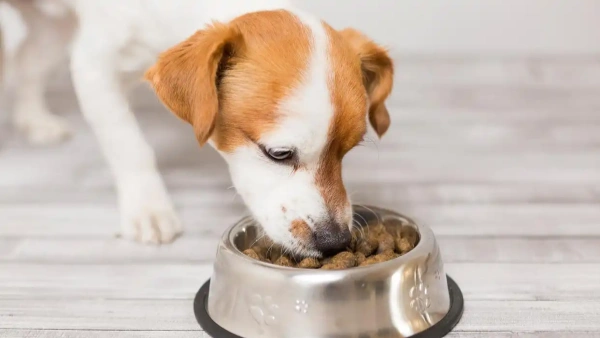
Can Dogs Take Human Probiotics? Shocking Truth Owners Miss

How Long Should a Dog Be on Probiotics: Complete 2025 Guide

Best Probiotics for Dogs with Gas (2025 Review & Guide)

What Do Probiotics Do for Dogs: A Vet Approved 2025 Guide

Can Dogs Take Human Probiotics? Shocking Truth Owners Miss

2025 Dog Probiotics for Yeast Guide: Treat & Prevent Infections Easily
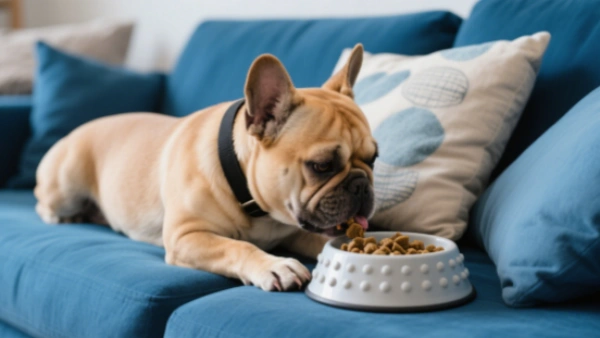
Dog Probiotics for Itching: Relieve Your Pup’s Scratching Safely

Best Probiotics for Dog Skin Allergies: Vet Picks and Tips

What’s a Good Probiotic for Dogs? Expert Guide for Pet Owners


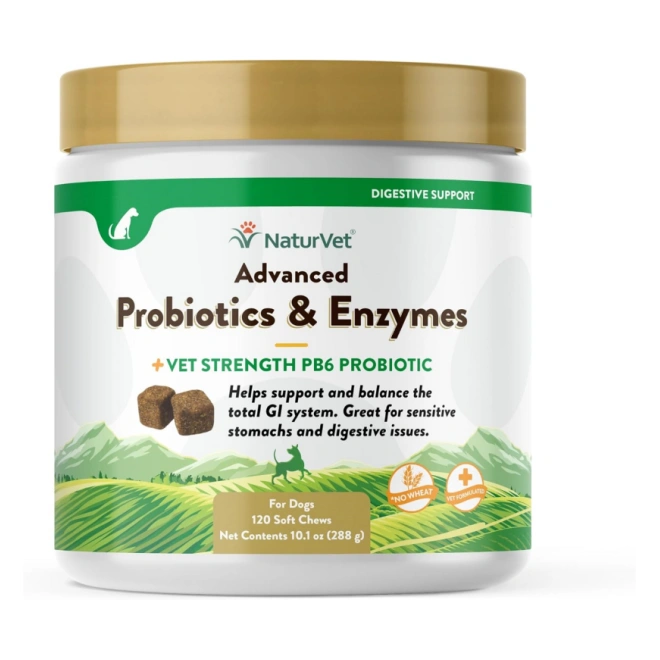
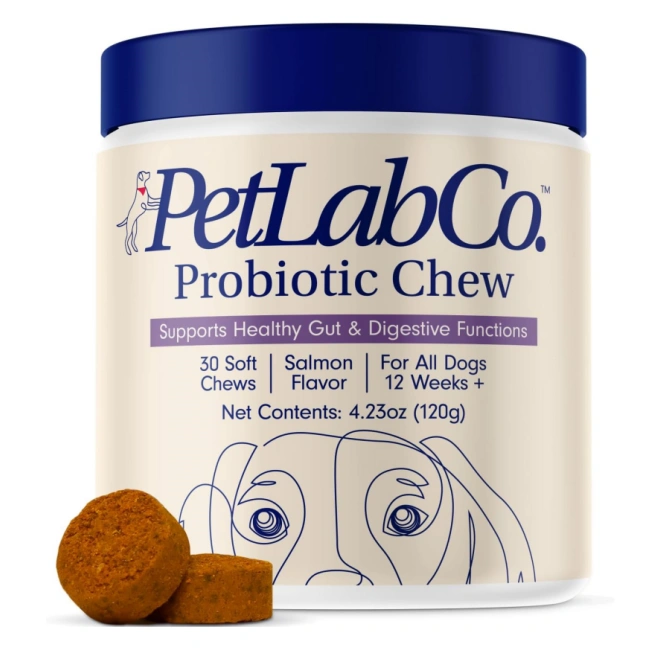
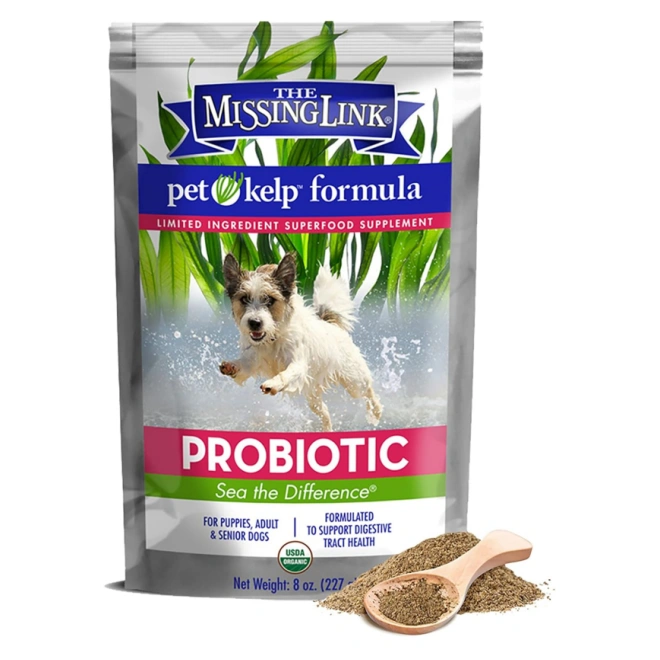
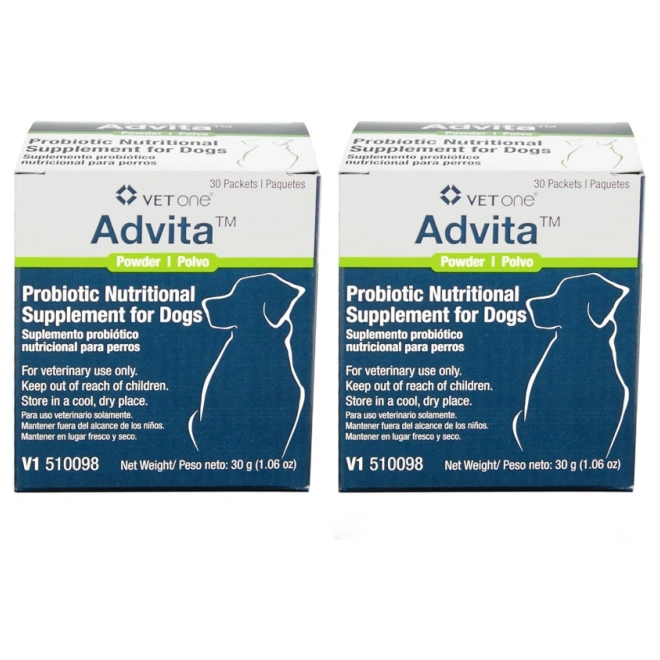








Leave a Reply